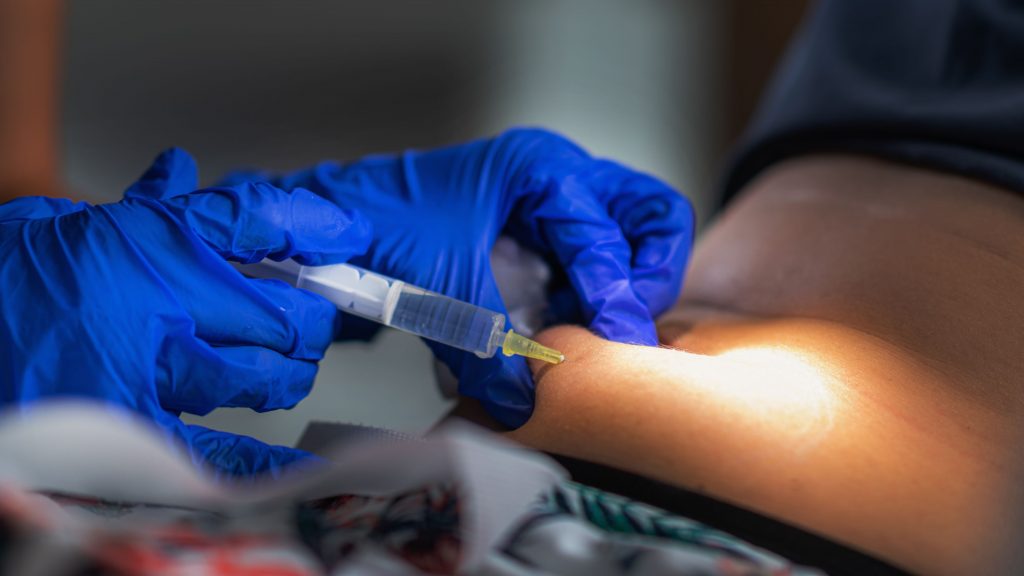Indications for liposuction

Our modern world and hectic everyday life can lead to the fact that we begin to eat poorly and move little. Fat is deposited in the body, which makes us unhappy with our own figure. In such cases, we will help you! Many people believe that liposuction is a kind of way to deal with excess weight, a variant of “quick weight loss”. This opinion is wrong. Liposuction is a cosmetic surgery, the main purpose of which is to get rid of fat deposits in problem areas. In women, these are the hips, buttocks, lower abdomen, knees, back. In men, “fat traps” are most often in the chest and abdomen.
All fat deposits in the body can in principle be removed with liposuction.
- Breeches – upper thigh
- Calves – drumstick
- Fat deposits on the knee
- Buttocks
- Belly and flanks
- Male breasts – gynecomastia
- Back and arms
- Double chin

One week before liposuction:
- stop taking medications that affect blood clotting;
- stop taking hormonal contraceptives, temporarily replacing them with alternative options to prevent unwanted pregnancy.
- quit smoking;
- refrain from alcohol;

Preparing for surgery:
Preparation for the operation begins with a visit to the doctor, who finds out what exactly the patient wants to do, from which areas to remove adipose tissue, assesses how much such an operation is possible. An examination is mandatory to clarify the patient’s body weight, skin condition, condition of problem areas.
Before it starts, problem areas are marked: the doctor does this directly on the patient’s skin. The patient is then ready for anesthesia.

How does liposuction work:
Liposuction is usually performed under general anesthesia. After the patient falls asleep, the doctor treats the skin with an antiseptic and begins the introduction of cannulas through small incisions and the actual removal of subcutaneous fat.
The duration of the operation is from 2-3 hours: it all depends on the amount of fat that needs to be removed from the body. After completing all the manipulations, the doctor applies small stitches – about 5 mm long. And directly in the operating room, while the patient is still on the table, the doctor puts on compression hosiery.

How is rehabilitation going:
Since the operation is performed most often under general anesthesia, the patient needs to spend at least a day in the hospital under the supervision of the operating surgeon. At this time, painful sensations may occur, sometimes the temperature rises, which is the norm.
Over the next 2-3 days, tissue edema usually increases, which begins to shift downward by about 7 days.

Possible side effects after liposuction:
- Infection
- Allergic reaction to anesthesia
- Blood clots
- Excessive fluid loss
- Damage to the skin and nerves
